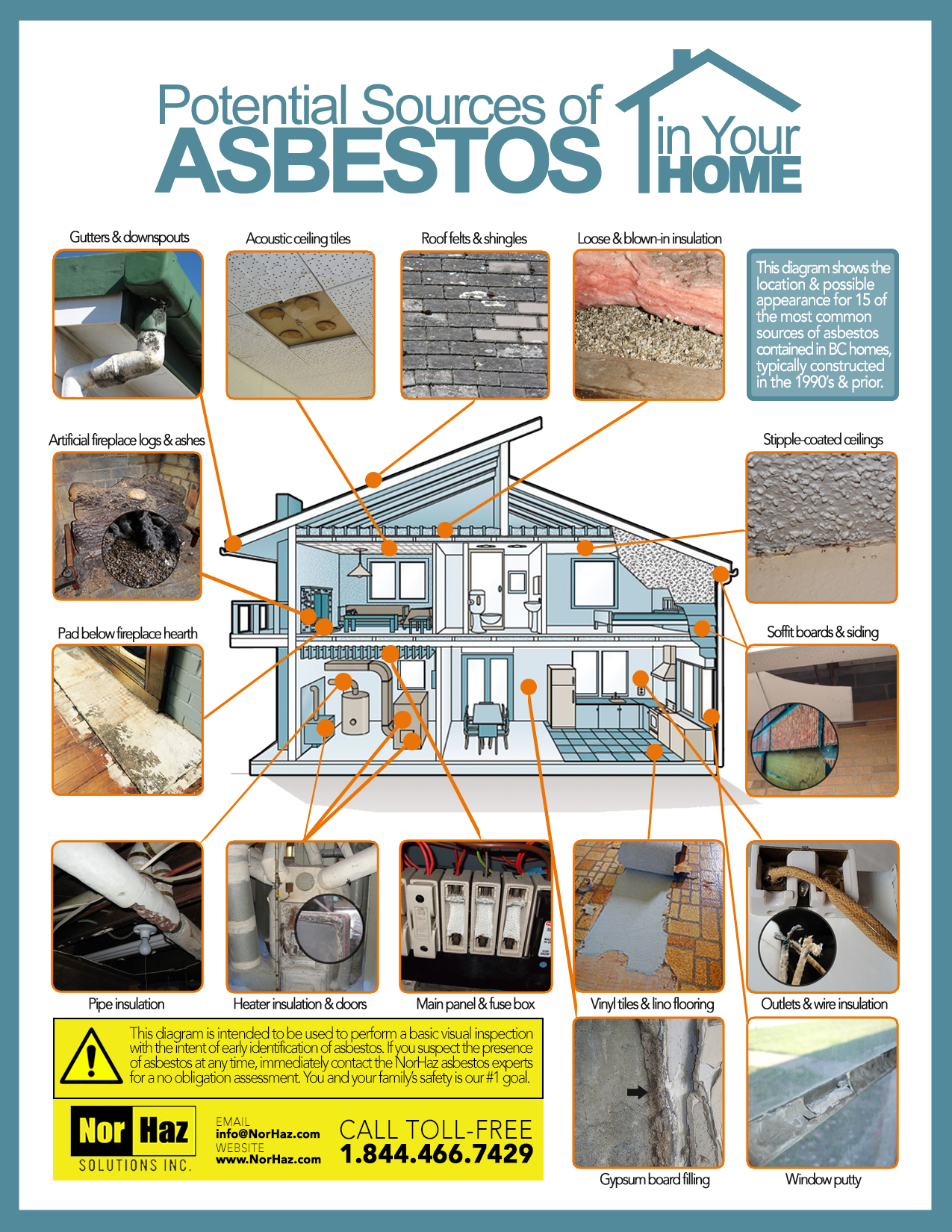Vice President Operations
Michael Nottingham is Vice President Operations for the Canstar Group of Companies. In this role, Michael assumes leadership for the Canstar facilities and operations, which encompasses 12 locations across Western Canada. He is also integral to the leadership for the highly experienced and successful hazardous materials team at NorHaz Solutions. In addition, Michael sits on the safety committee and is committed to the well being and success of his team. He brings a high degree of strategic planning and operational excellence and is a leader who embodies the companies’ mission, vision, and values.

